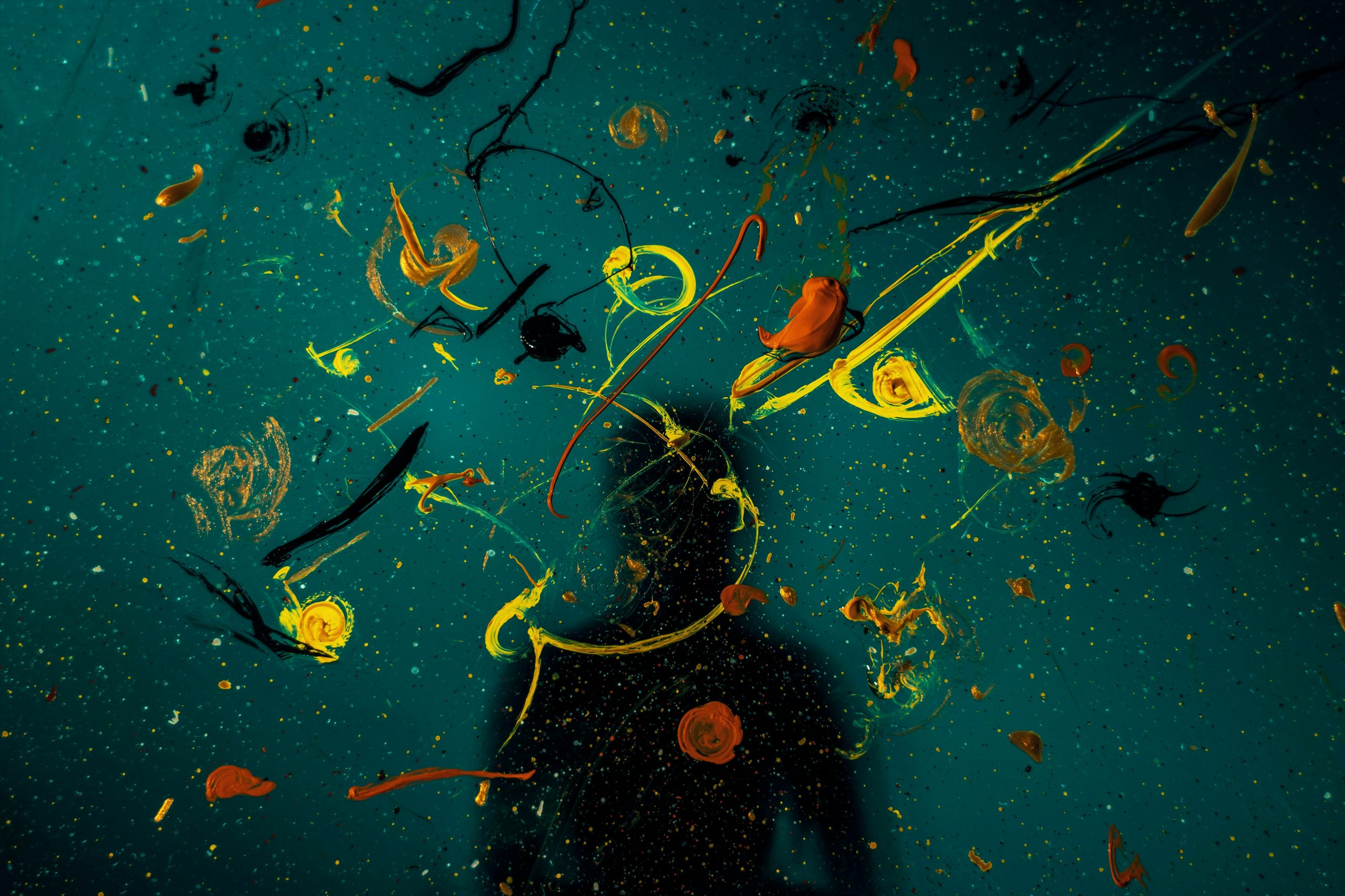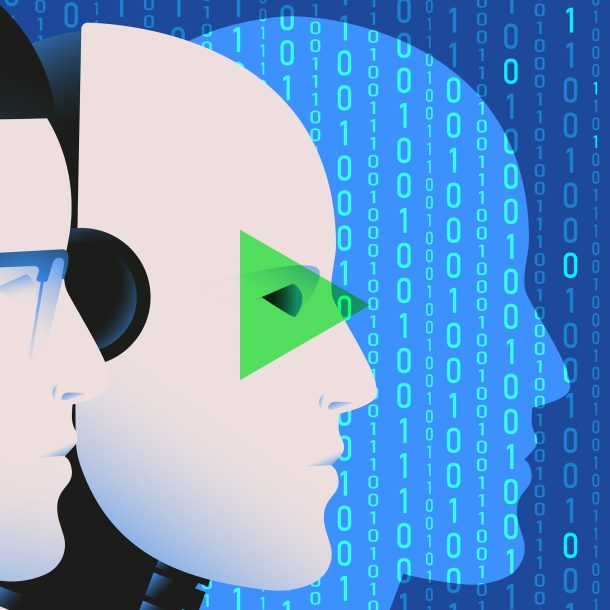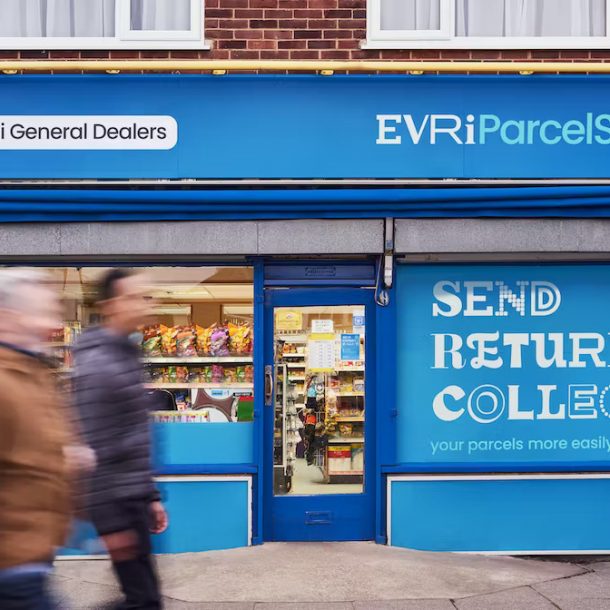One individual’s view on the collision of content, technology, design, and human thinking at Web Summit.
As I reflect on my experience at Web Summit, one of the world’s largest technology conferences, it’s difficult not to think about the convergence of creativity and technology. The event was a vibrant amalgamation of startup founders sharing bright ideas and cutting-edge innovations; content creators and athletes offering tips on content and influencing; and a diverse mix of CEOs, CMOs, media personalities and investors sharing their perspectives on all things digital. In essence, it was a week of thought-provoking discussions with no definitive conclusions, and strangely enough, that seemed perfectly acceptable.
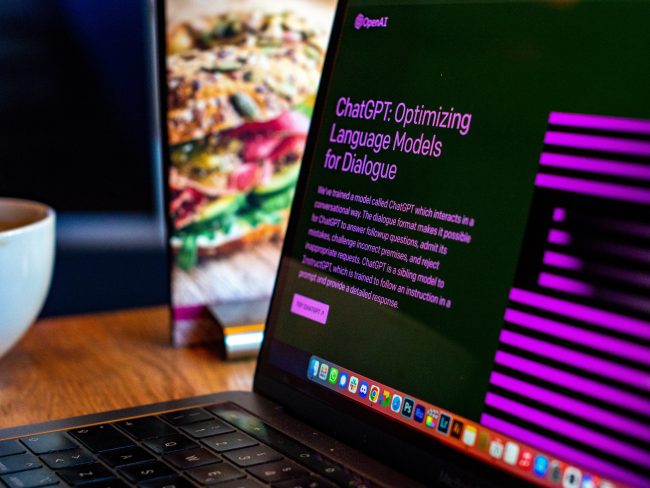 From climate tech, to health tech, to enterprise solutions, to security, to e-sports and gaming, to the regulation of AI… there was much to learn and take in.
From climate tech, to health tech, to enterprise solutions, to security, to e-sports and gaming, to the regulation of AI… there was much to learn and take in.
It was my first time at the conference and I see it as a place where imagination, investment, and coding collide. And I think the term “collision” is quite fitting. After attending some of the talks, there were a few things that I haven’t been able to stop thinking about. Here are three noteworthy “collisions” that left an impression on me at Web Summit, kept respectfully anonymous:
Collision 1: Opinion vs Opinion
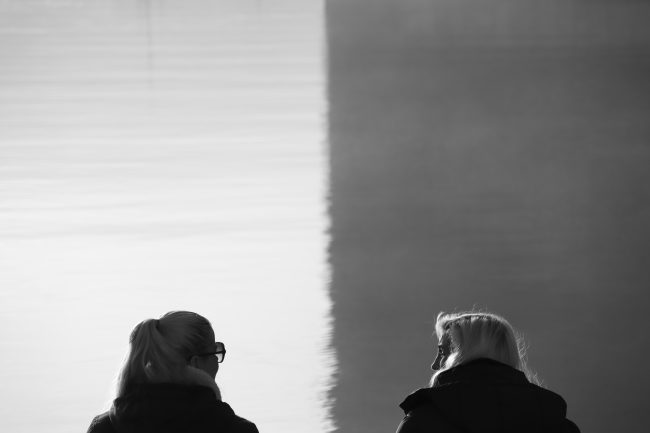
Unsplash
On some stages, speakers politely agreed with one another. On other stages, people shared starkly opposing opinions. It made for a pretty dynamic atmosphere that underscored everyday divisions we see, on and offline, ranging from human relationships and social media dynamics to the differing perspectives on AI regulation in Europe versus the U.S. Some advocate for immediate regulation, viewing it as a necessity, while others find it stifling.
One talk actually addressed these divisions head-on, asking viewers to “embrace the gray area” – the place between two concrete standpoints. This nuanced perspective is often undervalued, yet is perfectly valid in a world that doesn’t exist solely in black and white.
Collision 2: Human Design vs AI
The ‘Creatiff.’ speakers track was particularly surprising, as leaders of creative agencies from Europe and Asia came in to share their feelings, opinions, and — let’s be honest — mostly their work. I watched in surprise as one creative shared gorgeous projects inspired by technology, like artwork and carpets inspired by a pixelated screen, then followed up by saying “I don’t need AI.” Artificial intelligence was definitely one of the hotter talking points at this year’s conference. And, interestingly, so was authenticity. For me, it was fascinating to watch individuals share their feelings on both.
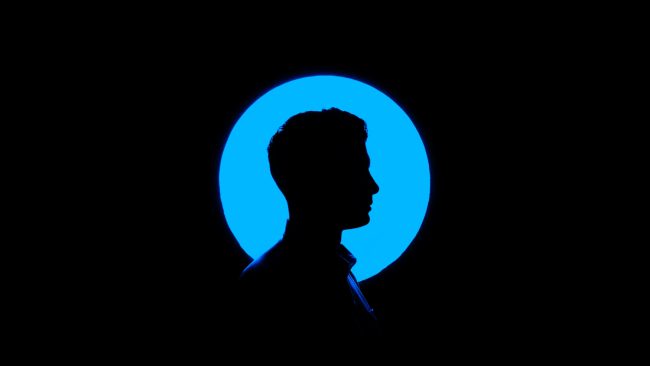
Unsplash
If you ask me, technology has always been the good guy and the bad guy. I’d say we can argue over whether charcoal and paper are superior to Adobe Illustrator in the same way we can argue about whether AI belongs in design. My view is that, as long as AI is used to augment, rather than replace, the human hand in design—especially if we can get attribution right in AI—why not think of it as yet another tool in the drawing box? Finally, no one is being physically compelled to use AI, so designers and creators of all kinds should feel free to create however they please.
Collision 3: AI vs Authenticity and Meaning
I consume a lot of content online so, naturally, I was excited to join one of the talks on whether “meaningful content” was the way of the future. I watched as two content creators, who have built businesses for a young audience who have grown up with TikTok and Instagram, made their arguments. One creator said there is no more room for “slow-burn storytelling” — after all, we only have a millisecond to gain attention — while another felt strongly that this is a problem, making an argument for platforms to combat this type of high-speed content consumption.
Even the opening question, “What is meaningful content?” proved difficult for the panel to answer. It ranged from helpful, to authentic, to even-a-laugh-can-be-meaningful. In a way, the contradictory nature of the discussion was a great way to see things from a new perspective.

Unsplash
Embrace the mess.
To sum up my feelings about this year’s summit in three words, I’d choose “messy, inconclusive, and exciting. What I appreciated most about the event was that it felt like a place where people could express their opinions relatively freely, and work towards their goals, even when they were polar opposites. And I suppose that also summarizes how humans think. It’s creative expression at its finest — and it’s definitely messy.






